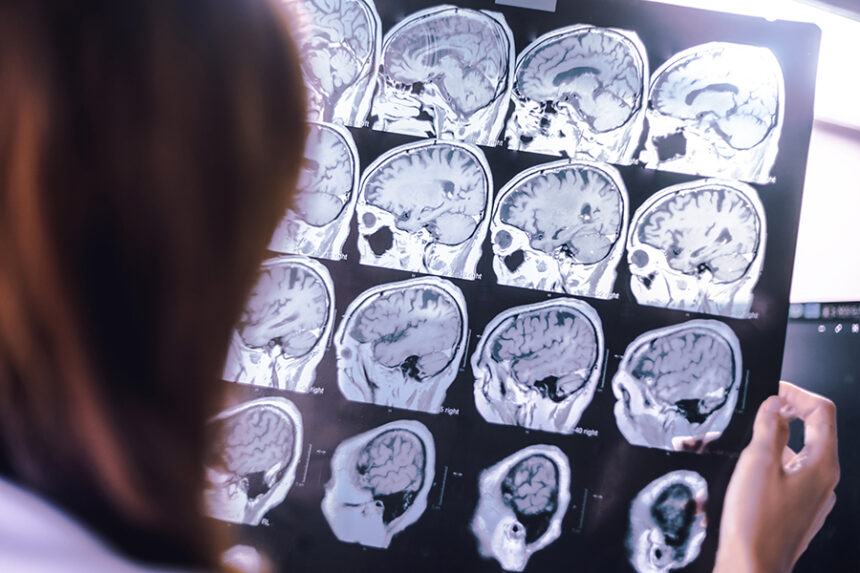In a first of its kind study, researchers unveiled in the journal Cell Reports Medicine how blood neurofilament light (NfL) may be used as a biomarker in frontotemporal dementia (FTD).
The new research consisted of a large cohort involving plasma neurofilament light among all frontotemporal dementia syndromes in about 1,000 participants.
“We find plasma NfL is elevated in all studied syndromes, including mild cases; increases in presymptomatic mutation carriers prior to phenoconversion; and associates with indicators of disease severity,” according to the study’s authors.
“By facilitating the identification of individuals at risk of phenoconversion, and the early diagnosis of FTD, plasma NfL can aid in participant selection for prevention or early treatment trials.”
Higher levels of neurofilament light was associated with more severity of FTD, the study uncovered.
Researchers suggest that blood NfL may be a promising susceptibility and prognostic biomarker for FTD.


